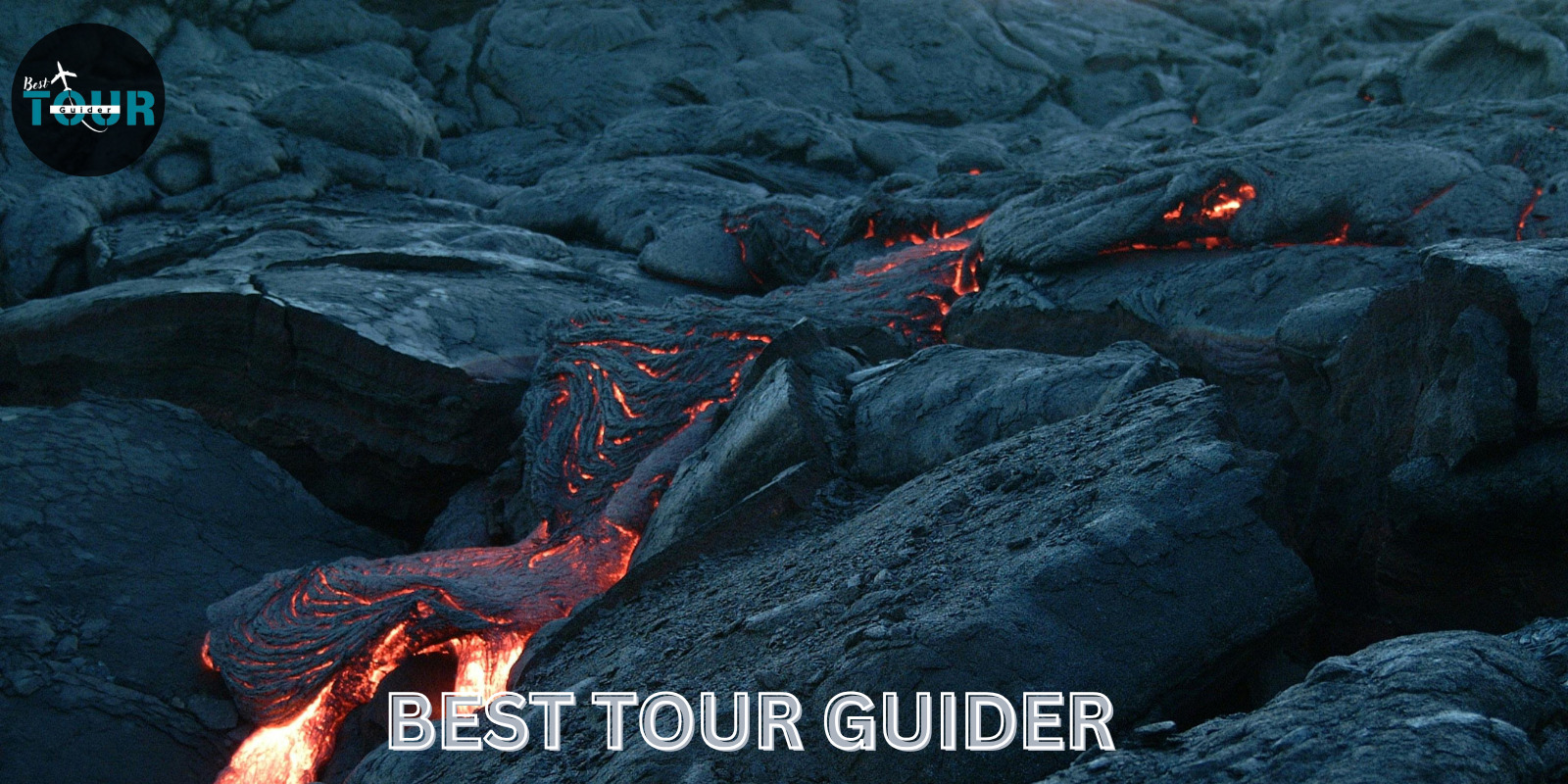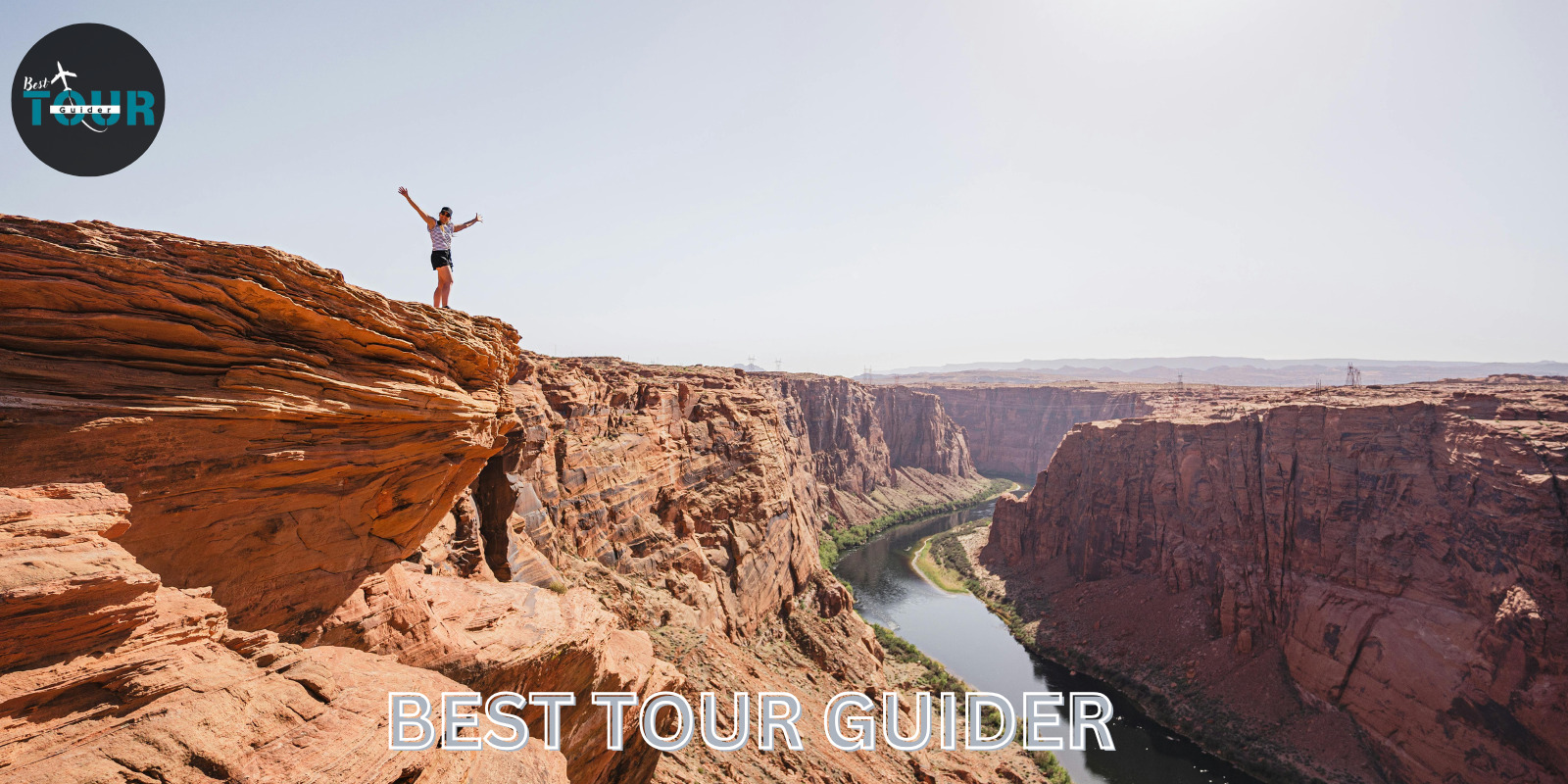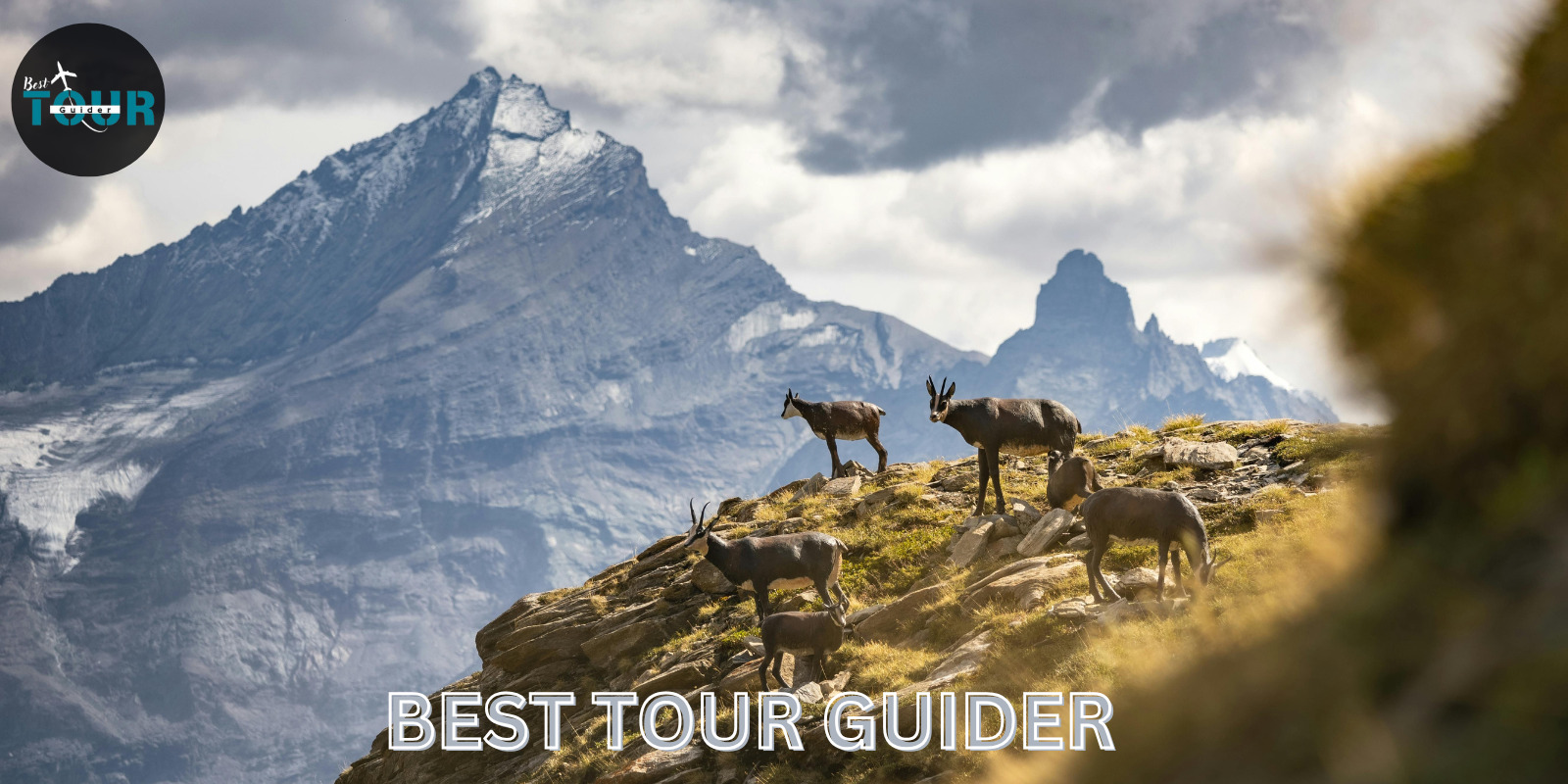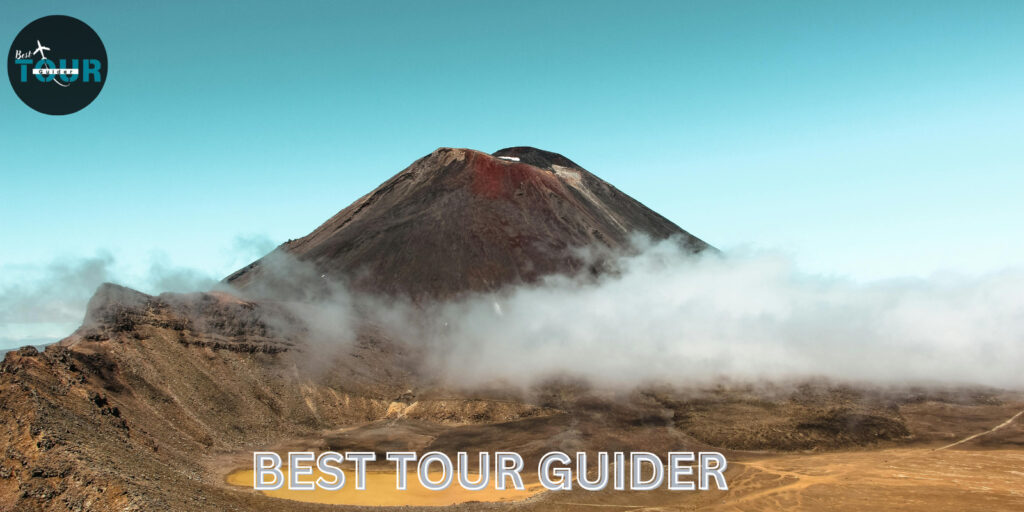Measuring a little over 3000 acres in the Fremont hills of the state of California, Mission Peak is one of the most frequented hiking destinations by those with a natural bent within the San Francisco Bay region. A famous landmark of this region, it is indeed a joy to exercise while enjoying the beauty of towering mountains and crunchy gravel paths with the iconic Mission Peak pole. Whether you are a member of the hiking club or just a casual walker, the desire to climb the Mission Peak is irresistible. Mission Peak stands at a remarkable height of 757 meters; therefore, the peak of the mountain cannot be mistaken in the region. It is within the Mission Peak Regional Preserve system in possession of more than about 3,000 acres of picturesque and beautiful wilderness area where visitors can have a view of valleys and other peaks. The preserve is not only for climbing and trekking; it is a place where a lot of kinds of wildlife dwell, and indigenous people called Ohlone are quite sensitive about.
Location and Accessibility:
It is in Fremont, California, and its trail start is off Stanford Avenue. Stanford Avenue staging area is one of the most frequent starting points of the rock as many hikers are ready to face the rock of the Mission Peak. However, for those who want to come there, there are a few tips: parking zones often become overcrowded, especially during weekends. However, the earlier you get there, the better because you get a place where you can walk around to enjoy the hike without having to possibly search for the parking lot.

Hiking Mission Peak
The Trail Experience:
There is a rather famous natural sightseeing called the Mission Peak Trail, and in many states, it is one of the most incredible hikes in the San Francisco Bay Area. First, people’s favorite, the Mission Peak Trail is roughly 9.8 km on the round trip; this is a moderate level of difficulty and can take between 2-4 hrs tops depending on the hiker’s fitness levels and speed of the hiker. The initial part of the trail progressively rises and takes hikers through fields of growth and over rocky paths. When you get to the higher ground there are some picturesque views of the South Bay and if you look far enough, you can even see the skyline of San Francisco. This will be seen possibly in the early part of the year with flowers having a beautiful color depending on the season or what may be seen in summer, yellow vegetation.
Mission Peak elevation and gain:
The Mission Peak, situated at a height of 2,517 feet, makes a relatively steep climb for the hikers. The total vertical gain of approximately 1,800 feet is evident in the legs toward the tail end of the climb. This ascent is one of the reasons that Mission is so popular with people interested in a challenging hike that will also leave them feeling triumphant when they reach the summit.
Mission Peak Pole – the most in-demand attraction at Mission Peak:
The most alluring aspect of the peak of Mission, besides the scenic view, is the Mission Peak pole. It has become a favorite spot where hikers take pictures with the wooden pew placed on the apex of the hill. In addition to that, there has been a lot of vandalism over the years. This is particularly true in the case of Mission Peak Pole where social attention has been directed looking at the ways how the hikers have united to protect the stand. The pole signifies not only the physical milestone of getting to the peak summit but also the bonding that exists between all who love this place for practices such as hiking.

What to Do The Day Before the Hike
What to Take with You:
- Water: Replenishment of body fluids should be done mainly on hot days. So you need to carry about 2 liters of water at least.
- Snacks: High-energy snacks such as trail mix or granola bars will be important to ensure that one does not run out of energy.
- Layered Clothing: Bay area weather tends to change within very short periods; hence it would be prudent to wear layers of clothes ready for temperature change.
- Hiking Boots: A stiff type of shoe would be essential in walking over rough surfaces.
- Sunscreen and Hat: Protect yourself well from the scorching sun, especially when hiking in the summer.
Safety Considerations:
Exploring Mission Peak on a hike is quite enjoyable in general; however, safety requirements are to be taken seriously.
- Start Early: A good idea is to stay away from the midday sun and large numbers of people, particularly during summer; aim to set off early in the morning.
- Stay on the Trail: Treading on trails as marked is a way of conserving natural resources, besides avoiding reciprocation by the wild animals.
- Know Your Limits: The hike can be quite tiring; it is advised to respond to your own body’s provided signs that it requires rest.
Other Hiking Opportunities:
Besides, there are other interesting hiking trails located around the Mission Peak area. If you want something different, then try Castle Peak or the Mission Trails-Kwaay Paay Peak. It gives the various spectacular terrains that are hiking and the different challenges that are bound to meet hikers along the trails.
Hiking Castle Peak:
The Castle Peak situated around the Sierra Nevada range presents an entirely different hiking kind. The trails here offer more beautiful alpine scenery and are somewhat further from Fremont; the trails here are also more challenging. If you are up for it, you should probably consider hiking Mission Peak and then heading to Castle Peak.
Hiking PV:
If you would like to go for a hike closer to the Bay Area, there are some trails at the Palo Verde Park (PV). These trails offer opportunities to view beautiful landscapes and vary in the type of soils and rocks without leaving the district of Fremont.

How long is the Mission Peak hike?
Recognizing the increasing interest of hikers, the Mission Peak hike has been estimated to be about 6.2 miles round trip. Due to this distance, the hike receives moderate ratings, taking between 2 to 4 hours to accomplish. People who like hiking always have one common question: How long does it take to hike Mission Peak? The answer depends on fitness and the pace of the process.
What is the most popular Mission Peak Trail?
The best approach to hiking to the Mission Peak is through the Mission trail with the Stanford Avenue staging area. This trail affords scenic vistas and a strenuous climb to reach the peak of this mountain and the next. It is much appreciated because of the panoramic view; it is otherwise known as the Mission Peak hike.
You may also like this: Manasota Key Beach Driving directions
How many calories does Mission Peak burn?
Depending on the hiker’s weight, speed, and fitness level, hiking Mission can help one lose from 500 to 800 calories. This stone pathway has approximately 1,800 feet of elevation, which is an addition to the calorie burning, which makes it a good exercise. Some of the hikers like the exercise and the sight of the wonderful Mission Peak.
Is Mission Peak in Stanford or Ohlone?
Mission Peak lies in Fremont, California, in territory inhabited by the Ohlone tribe. Even though the trailhead is just off Stanford Avenue, the actual summit of the peak belongs to the Mission Peak Regional Preserve. This part remains important in the Ohlone culture and history and to local hikers and trail users.

